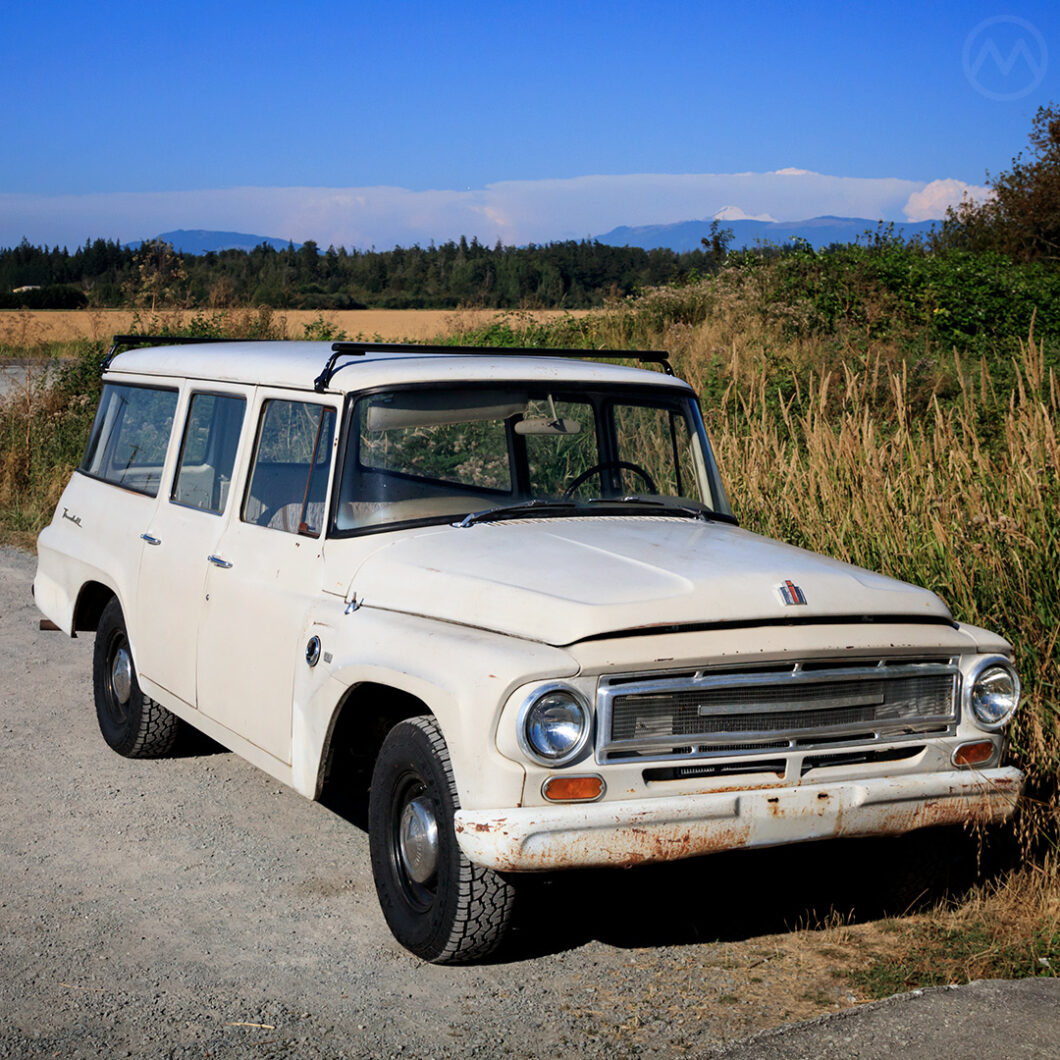The Scout gets most of the ink today when people talk about International Harvester SUVs, but it actually appeared several years after the company’s first SUV, the jumbo-sized International Travelall. Yes, General Motors built an SUV like this first (the Chevy Suburban, from 1935), but the Travelall improved on Chevy’s recipe in two key ways: it was the first big SUV with factory-equipped 4WD *and* the first to offer a four-door wagon layout.
There were four generations of Travelall, and the longest-lived and most successful was the third, based on the C- and D-Series pickups and sold from 1961 to 1968. Long before “Overlanding” was a thing, photographer Ansel Adams used one of these Travelalls to document many hard-to-reach sites in the American West.
At the time Adams bought his Travelall, serious off-roaders were usually quite a bit smaller, and these big wagons were mostly for on-road use. But IHC built it to be a workhorse—like the Chevy Suburban, it was meant for work crews—and the parts were all rock-tough, hard-wearing commercial truck bits. No surprise then that apart from rust, there aren’t many mechanical or structural weaknesses to these.
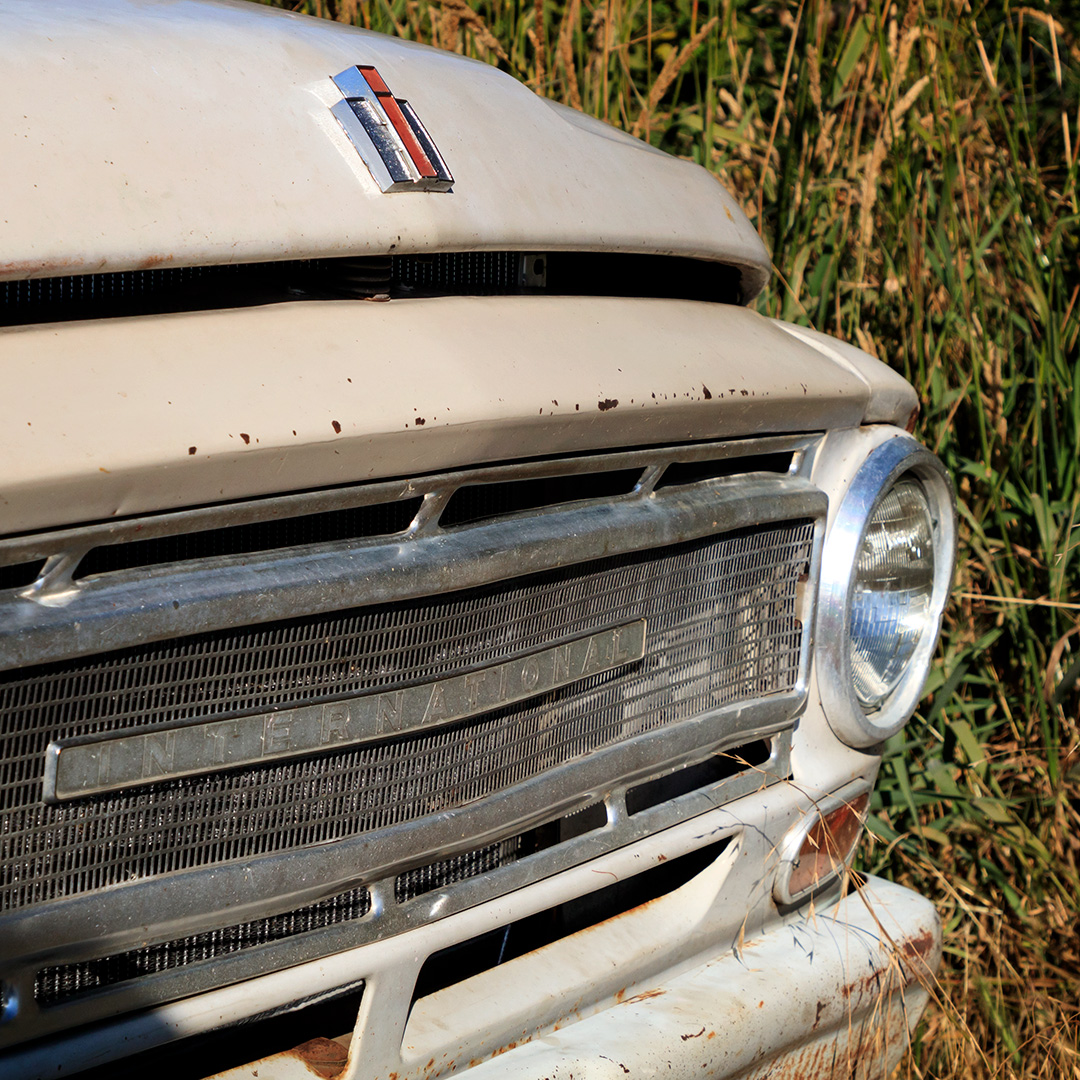
The Origins of International Harvester Corporation
International (properly known as International Harvester Corporation or IHC) built pickups as a side-line to its heavy commercial truck and farm equipment lines as far back as 1907, but the company had already existed in some form for 60 years by then. Founded as a farm equipment maker, it was originally known as the McCormick Harvesting Machine Co., which first made horse-drawn reapers. It merged with four other farm equipment makers in 1902 into IHC.
Early International vehicles, specifically the Auto Buggy and Auto Wagon, were often fitted with pickup bodies, but they were usually meant for commercial use and sold through IHC’s existing network of agricultural supply dealers. The company also built a few private cars with conventional bodies, sometimes on big truck chassis, but only on a made-to-order basis.
The depression, however, dictated a line of more accessible products to keep production moving. The first proper consumer-focused IHC pickup was the D-1 in 1932.
This led to a line of popular trucks that were updated a few times in the 1930s and then remade entirely with modern styling as the L-series of 1950. Though marketed at consumers as well as farmers and work vehicle buyers, IHC always considered these trucks a commercial line, and like the big 3 it offered van and panel truck bodies for them.
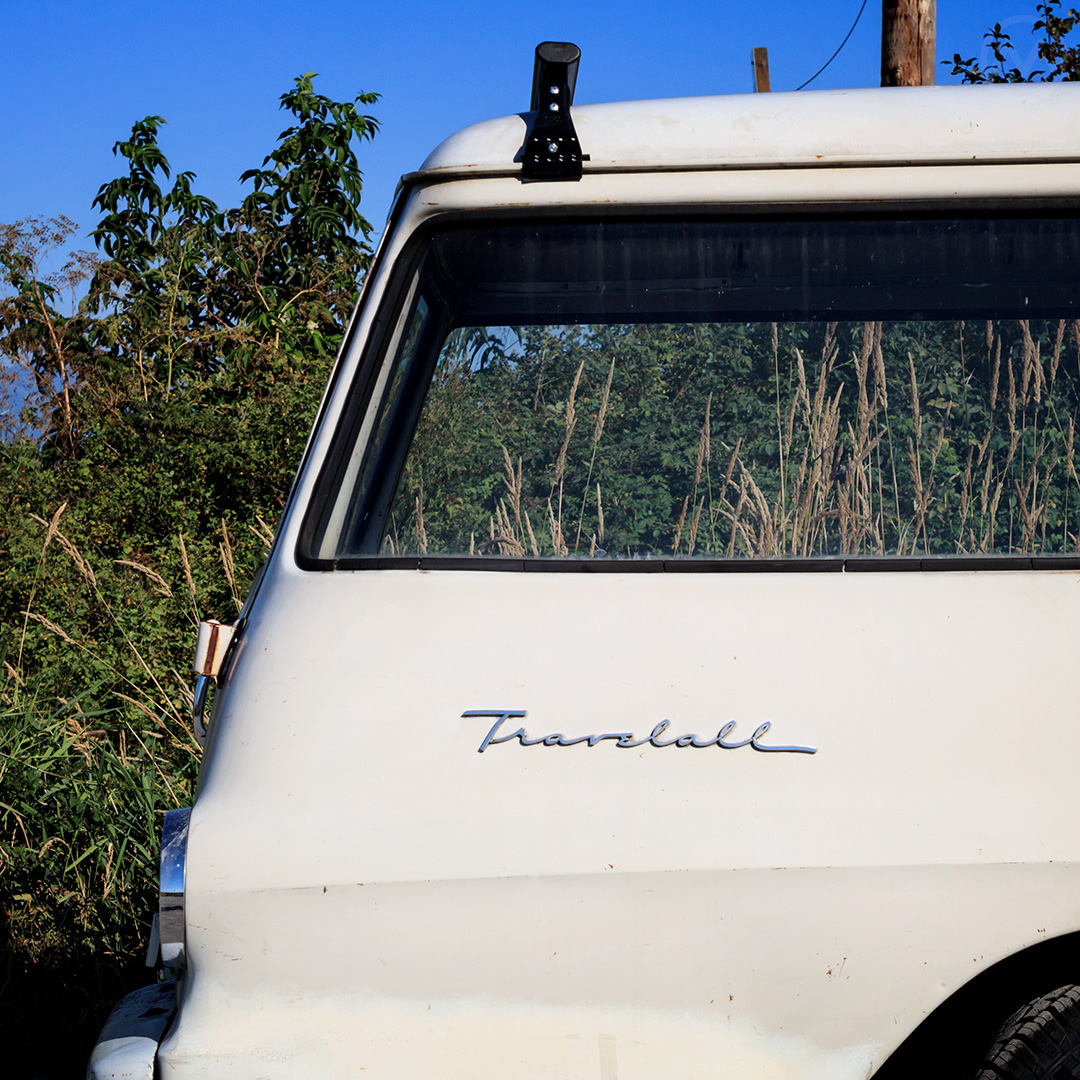
International Travelall & Travelette
In 1953 the company created Travelall from the L-Series panel truck. Four years later it, updated the idea into a new design, the three-door A/B-series Mk2 of 1958. If the first Travelall was quite similar to the Suburban, here the designs began to diverge because IHC’s third access door (on the passenger’s side) predated GM’s by more than a decade and made the SUV much easier to use.
The biggest change, however, came with the third-generation model in the spring of 1961. Designed in part by Scout penman Ted Ornas, the Mk3 Travelall used the new chassis of the C-series pickup, with its torsion bar front suspension and much better handling. Better still, it came with four conventional doors (which the Suburban would not receive until 1973).
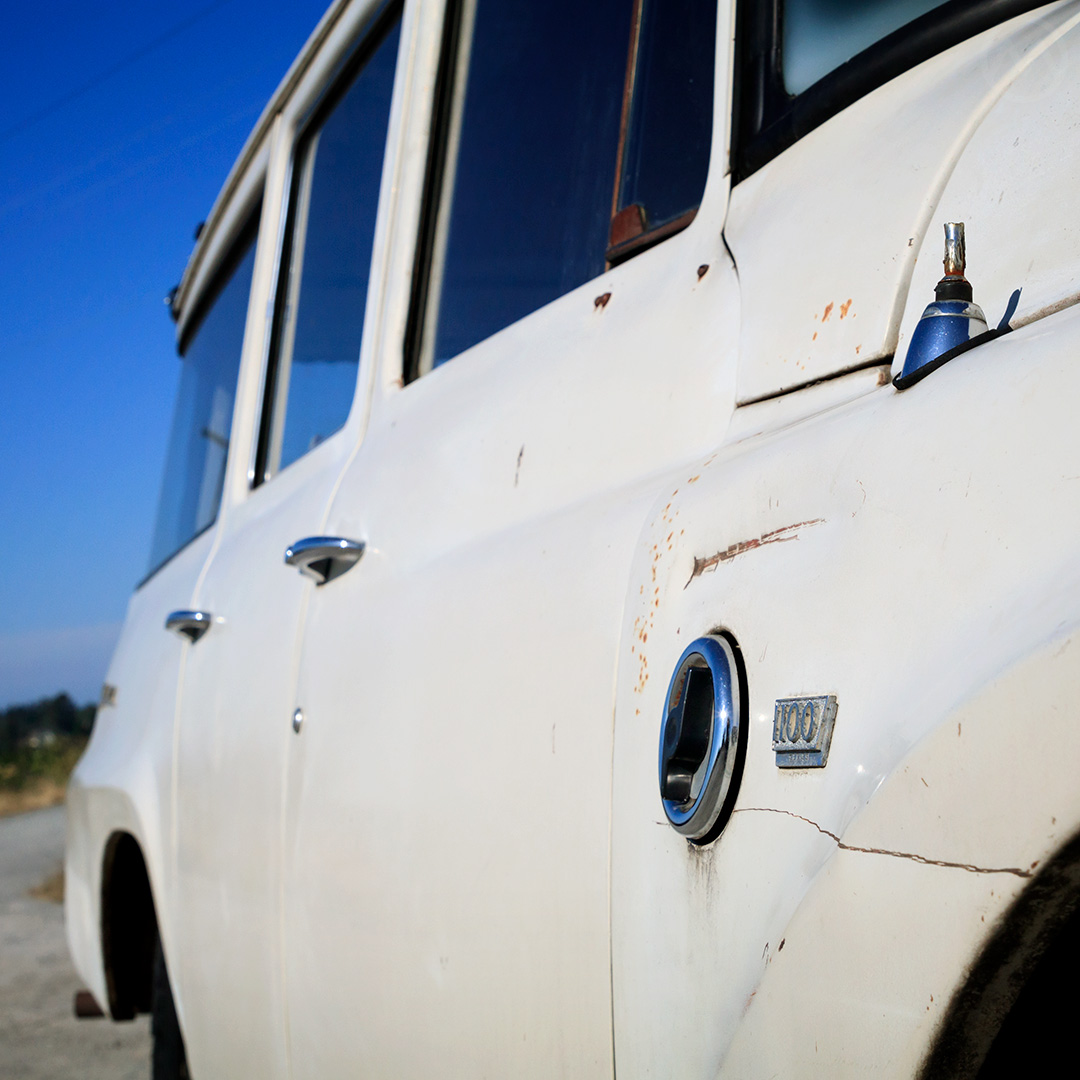
While it would be the longest-lived of the Travelalls and did not substantially change that much during the run, when the lightly-facelifted D-Series truck came out in 1965, the 119” wb Travelall was similarly updated. This example is from 1967 or 1968, with the final facelifted grille and trim applied to the essentially unchanged 1961 body.
Like the previous Travelalls, this generation was considered a part of the pickup line even though it was a proper SUV. But IHC offered a much wider array of body styles on its pickups than the Big three did and also offered it as a modern crew cab, the Travelette. Travelalls made do with a 119-inch (2.77 meter) wheelbase, but the Travelette was much larger, on up to a 140-inch (3.56 meter) wheelbase, both with optional four-wheel drive and many different mechanical accessories.
In the 1960s, there were six different engines available: a trio of sixes from 240 to 264 cid and a trio of V8s from 266 to 345 cid. Like the Suburban, the Travelall was rear-wheel drive by default with four-wheel drive optional.
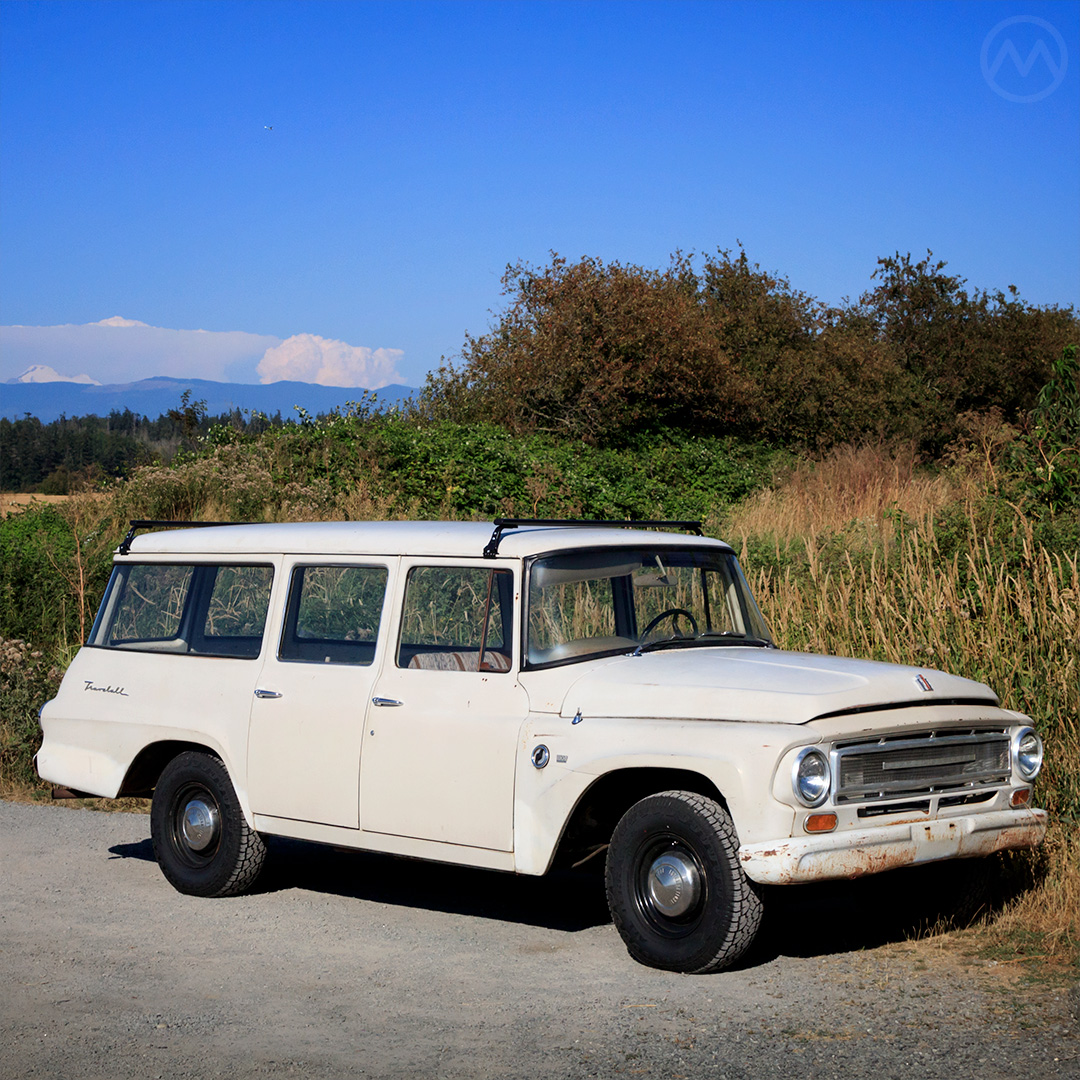
The Dawn of the SUV Age and the End of the Travelall
In the 1950s and 1960s, the Suburban and Travelall sold mostly to people who needed off-road capability in a large vehicle or to transport crews of people and equipment and tow things. Very few ordinary car buyers would ever have considered them for family transport in those days unless they absolutely needed the space. And even then, the space might surprise you.
These were the biggest and most capacious SUVs around in the 1960s, but in a sign of how things have grown, the Travelall seen here is just 187” (4.75M) long, about the size of today’s Jaguar F-Pace and actually smaller than a modern Kia Sorento. In contrast a late 1960s station wagon, like a Dodge Polara, might stretch out to 220” (5.88M).
In 1969, Ornas and Company restyled the IHC pickups into the D-series “light line” trucks and simultaneously spun off the Travelall into its own series. Four years before the four-door Suburban, it was the first jumbo-sized SUV to be properly marketed to families, although it was never a huge seller.
The Travelall was just ahead of its time, it was until the late 1970s and early 1980s that this type of vehicle began to partially supplant large vans and station wagons, and even into the 1990s the Suburban was considered too big for most people.
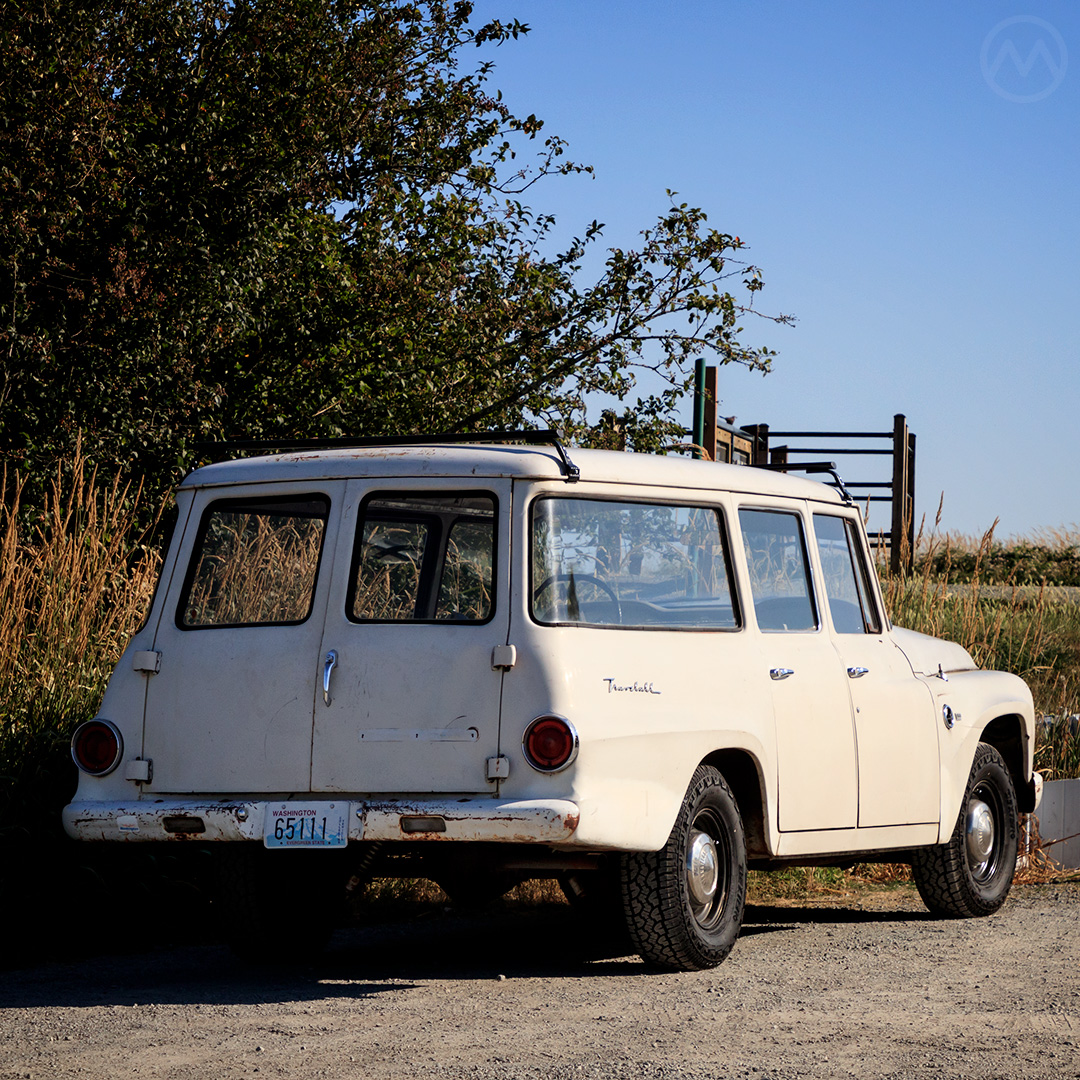
The slow sales of IHC’s pickup line, which had to compete with the millions of Ford, GM and Dodge trucks sold every year, eventually led the company to discontinue them in 1975. Without the pickup to accompany it and keep the unit cost down, the Travelall was killed off as well.
Only time will tell if Volkswagen’s Scout revival tries an SUV like this. In the meantime, this gorgeous classic Travelall is exactly the kind of outdoor recreational machine we’re here for.

